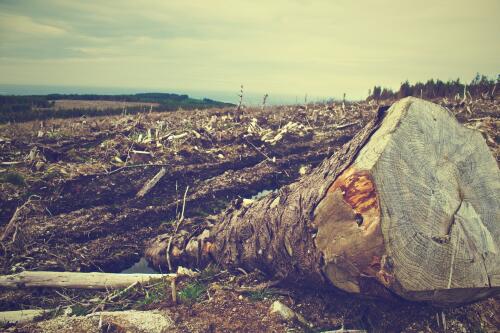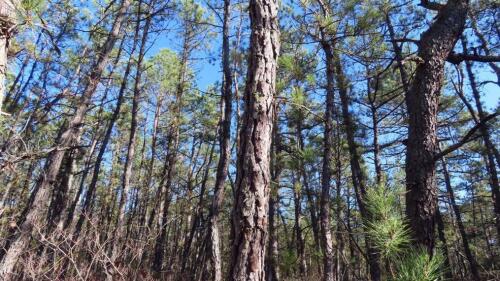Forests
Forests are critically important for slowing climate change. They remove huge quantities of carbon dioxide from the atmosphere – 30% of all fossil fuel emissions annually – and store carbon in trees and soils. Old and mature forests are especially important: They handle droughts, storms and wildfires better than young trees, and they store more carbon. In a 2022 executive order, President Joe Biden called for conserving mature and old-growth forests on federal lands. Recently Biden protected nearly half of the Tongass National Forest in Alaska from road-building and logging. The Biden administration is compiling an inventory of mature and old-growth forests on public lands that will support further conservation actions. But at the same time, federal agencies are initiating and implementing numerous logging projects in mature and old forests without accounting for how these projects will affect climate change or forest species. As scientists who have spent decades...
The Russian invasion of Ukraine launched in February 2022 has sent economic, social and political shock waves around the world. In a newly published policy brief, we and other researchers and conservation scientists describe how these effects extend to biodiversity conservation efforts far beyond Ukraine. Animals, plants and ecosystems don’t recognize political boundaries, so protecting them often requires international cooperation. Over many decades, countries have developed a network of international agreements and arrangements for protecting biodiversity. Now, however, the war at Russia’s hands is delaying a number of those efforts, stopping others, and even sending some into reverse. War and the spoon-billed sandpiper As one example, efforts to save the critically endangered spoon-billed sandpiper (Calidris pygmaea) from extinction are now at risk as a result of the war in Ukraine. Russia’s treeless tundra, in the high Arctic, is the summer home of coun...
Which came first, the acorn or the oak? A more important question is which came first: our words for trees, or our understandings of what trees are? Human discourse around trees both shapes and is shaped by our education, beliefs, experience and relationships with trees. Simply put, how we speak about trees matters. Ten years ago, I appreciated trees alongside concern for the health of our planet, but did not consider the ways we speak about trees or their profound intricacies. Then, through an unexpected turn in my research, I became more aware of trees’ relationships, sentience, intelligence and interconnections with their environments as home and community. As we near the anniversary of last year’s UN Convention on Biological Diversity in Montréal, it is apparent that our collective tree discourse needs to fundamentally shift in order to reconnect with the integrity, interconnectivity and protection of all ecosy...
MONTGOMERY, Ala. (WBMA) — The U.S. Department of Agriculture Forest Service announced an alert for all forest visitors to be aware of specific fire restrictions placed in Alabama’s national forests. The lands include Bankhead, Conecuh, Talladega and Tuskegee National Forests. Degrading fire hazard conditions have prompted Acting Forest Supervisor Timothy Spivey to sign a forest closure order to restrict the public from using fire or building campfires on the national forests except those within developed recreation areas that are confined to receptacles designed for fires. The forest service said commercially available fuel stoves (camp stoves) and backpacking stoves are excluded from the restriction. Forest Service officials are also prohibiting possessing, discharging or using any kind of firework or pyrotechnic device. The following public restrictions are effective on Oct. 30, 2023, and will remain in effect until November 30, 2023, or...
China is well known for its medicinal use of wild plants, a tradition that dates back thousands of years. These traditional Chinese medicines include many wild orchids, some quite showy. Typically, orchids are consumed alone or mixed with other herbs in tea or soup. The health benefits vary depending on species; conditions for which orchids are used include immune system boosting, hypertension and stroke. Many of these medicinal orchids are among the 40-plus species in the genus Dendrobium. In recent decades, supplies of wild-sourced medicinal Dendrobium orchids have declined steadily, with shortages of some types. This is occurring in the limestone regions of Guizhou and Guangxi, the main area where Dendrobium has grown naturally, due to a combination of overharvesting by collectors and habitat loss. I am an ecologist and lead several research projects in southwestern China, where the nation’s first orchid nature preserve is located in a zone with a highly diverse asso...




